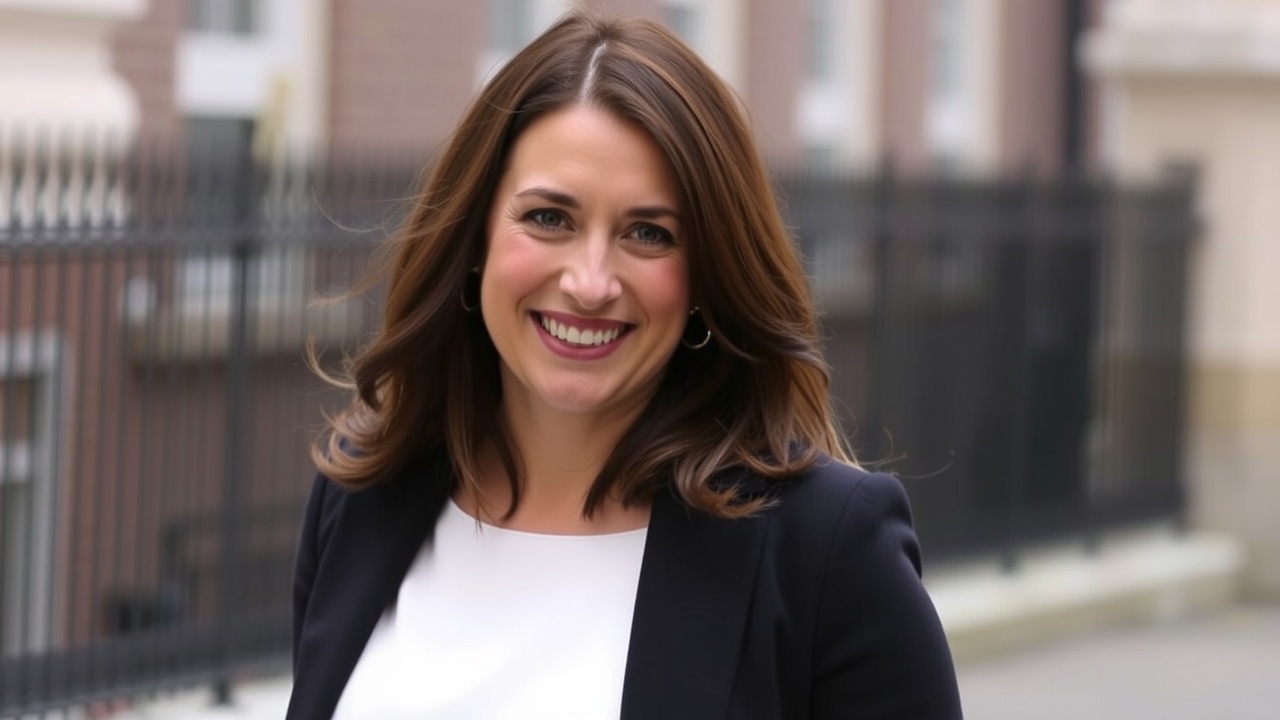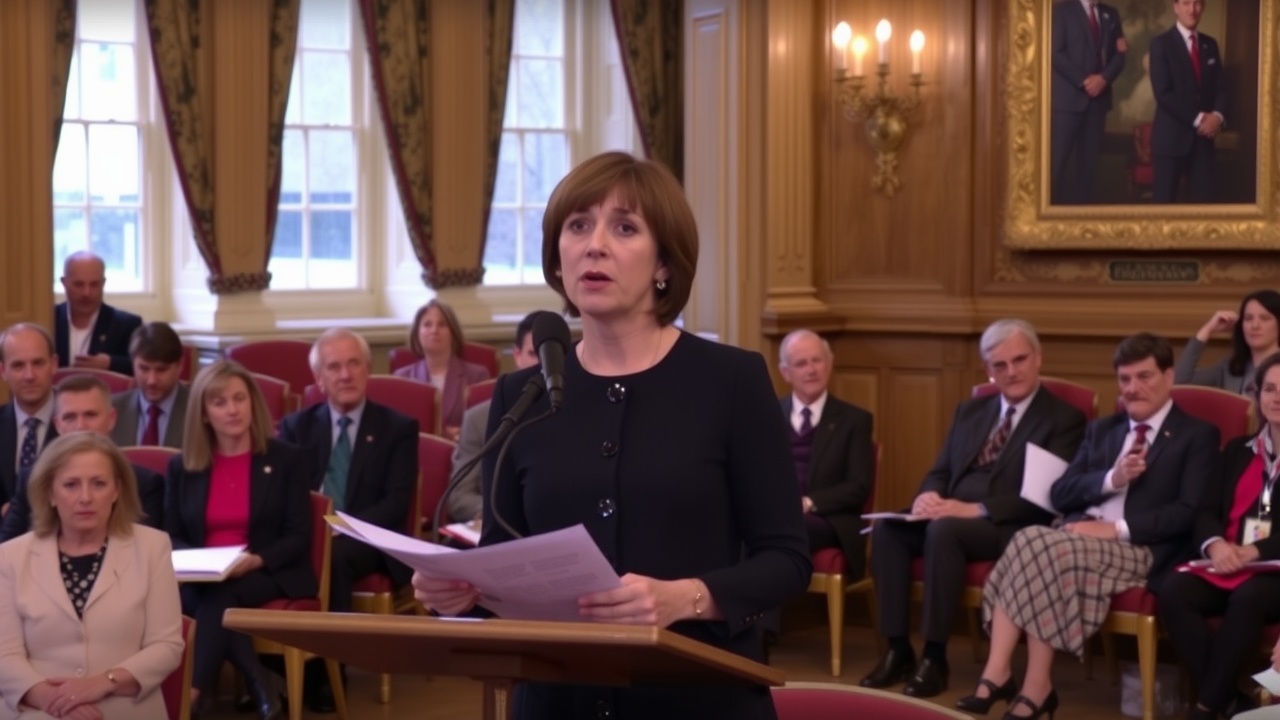
It's anticipated that Chancellor Rachel Reeves will begin her eagerly anticipated pensions adequacy review, which may entail raising workplace contribution rates above 8%
It is anticipated that Chancellor Rachel Reeves will announce a pension reform during her speech at Mansion House on July 15.
According to the Financial Times, one way to do this would be to examine the employers' and employees' contributions to workplace pensions.
Under auto-enrollment regulations, the employer must contribute at least 3% of an employee's earnings, with a minimum of 8% of their earnings going toward their pension. For many, this is insufficient to ensure a comfortable retirement.
A commission to oversee Reeves' eagerly anticipated pensions adequacy review, which was initially scheduled to begin last year, is anticipated to be appointed. The review is anticipated to examine the state pension and how self-employed individuals save for retirement in addition to workplace contribution rates.
A recent Institute for Fiscal Studies (IFS) pensions review found that in order to design a pension system that benefits the next generation, immediate action is required.
The think tank's suggestions included raising workplace pension contributions, especially for individuals with above-average incomes, vowing never to means-test the state pension, and eventually doing away with the triple lock.
Damon Hopkins, head of DC workplace savings at consulting firm Broadstone, stated, "Numerous studies show the harsh reality that millions of people are going to retire with insufficient defined contribution savings and urgent reform is needed to avoid this ticking time bomb."
Since 2019, the UK has maintained a minimum contribution rate of 3% for employers. This review appears overdue, as Australia recently raised the minimum employer contribution rate to 12 percent.
Although Hopkins referred to Reeves' reported pension reform as "great news," he also noted that because of the additional expense, higher contribution levels might present difficulties for businesses.
Given that businesses have already had to accept higher National Insurance contributions and an increase in the National Living Wage this year, it is unlikely that any increased minimum contribution levels will be implemented anytime soon.
Hopkins stated that the chancellor must carefully weigh the effects of any new expenses on employers and the overall economy against the introduction of policies that support workers' long-term financial security.
Pensions Minister Torsten Bell stated in a speech on July 2 that auto-enrollment rates would not increase this Parliament, implying that any adjustments might require a longer-term perspective.
Treasury refused to comment.
Will the state pension be changed by the government?
It is anticipated that the government's pension adequacy review will also examine the state pension, whose cost has skyrocketed in recent years as a result of the triple lock. This raises payments annually in accordance with wage growth, inflation, or by 2 percent, whichever is higher.
Although the government has committed to protecting the triple lock during this Parliament, there are still concerns about what will happen to it after that. In 2023 - 2024, the government spent more than 124 billion dollars on the state pension, which was just less than half of what it spent on benefits overall.
With each passing year, the full new state pension, which currently stands at 11,973 annually, approaches the 12,570 personal allowance. This implies that pensioners may soon have to pay taxes on their state pension.
The IFS has suggested doing away with the triple lock and replacing it with a system in which payments rise in proportion to either wage growth or inflation, whichever is higher.
Instead of implementing the policy right away, the think tank has recommended waiting until the state pension has reached a specific target level before making the politically difficult decision.
To control growing expenses as people live longer, the government may also think about raising the state pension age. The state pension age is currently 66, but it will increase twice over the next 20 years, reaching 67 in 2026 and 2028 and 68 in 2044 and 2046.
Any increase would be unpopular and might also make people wonder if they are fit to work. According to the most recent data released by the Office for National Statistics, men in England can only anticipate living 615 years and women 619 years in good health.
This falls to 50 points for women and 51 points for men who reside in the most impoverished areas.
What is the appropriate amount to pay into your workplace pension?
Although it makes up a sizable portion of most savers' retirement income, the state pension only covers necessities. The majority of retirees will have to add money from a private pension to it.
Even though the majority of people pay 8% of their earnings (including employer contributions) to their private pension while they are employed, most experts feel that this is insufficient for a comfortable retirement. In its review, which was released on July 2, the IFS suggested that the government raise this threshold, especially for workers who make average or more.
According to the IFS, targeted increases are preferable to a universal flat contribution rate because they help shield low-income individuals. Increasing your pension contributions lowers your take-home pay, which is something that not everyone can afford.
A minimum default total contribution rate of 3 percent on the first 9,000 (270) and 10 percent on any earnings between 9,000 and 90,000 is proposed by the IFS for employees making at least 10,000 annually.
Accordingly, the contribution would rise from 2,300 to 2,870 per year, or roughly 570 per year, for a worker earning £35,000 annually.
According to a recent independent report by financial services firm Scottish Widows, over 15 million people in the UK are at risk of retirement poverty, and two-fifths of the population is not on track for a minimum lifestyle in retirement.
Scottish Widows advises putting 1215 percent of your pay into your pension as a general rule to ensure a comfortable retirement (your contributions plus employer contributions).














Leave a comment on: In the reorganization of Mansion House, Reeves is anticipated to examine pension contribution rates